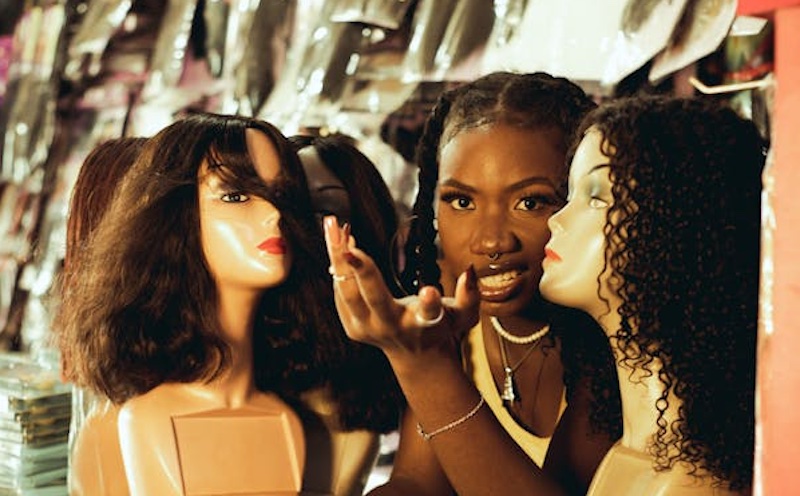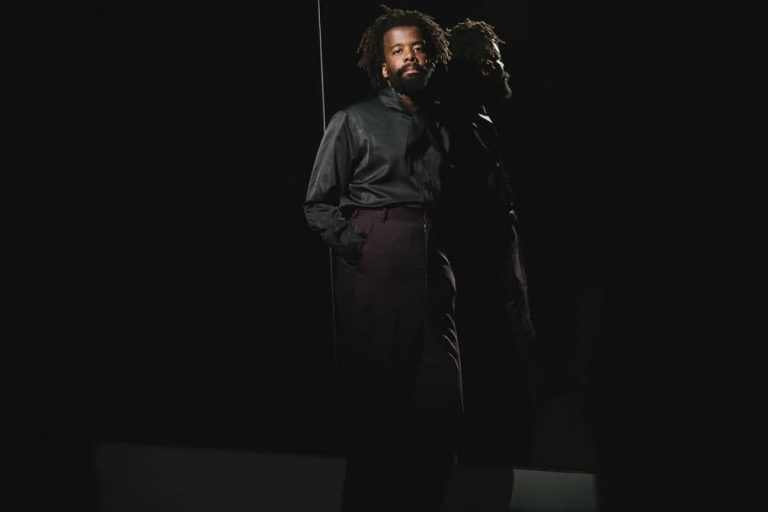
In the busy salons of Kampala, braiders’ fingers move swiftly, weaving strands of shiny synthetic hair into tight cornrows and intricate twists.
It’s a familiar scene, and a billion-dollar beauty ritual across Africa and the diaspora. But a new study has cast a dark shadow over this beloved tradition, revealing that many synthetic hair brands contain chemicals linked to cancer and serious health problems.
According to a recent report by Consumer Reports, all 10 brands of synthetic braiding hair tested contained cancer-causing substances. Three of them contained benzene, a chemical so toxic that it is heavily restricted even in laboratory settings.
Benzene exposure has long been associated with leukemia, particularly acute myeloid leukemia, a deadly blood cancer. Consumer Reports is an independent nonprofit organization founded in 1936 that empowers consumers through unbiased product testing, research, investigative journalism and public advocacy.
“All the synthetic braiding hair products we tested contained multiple carcinogens,” the report said.
“Three products contained benzene, a known carcinogen that causes acute myeloid leukemia. Two products contained an animal carcinogen, and all the samples contained a probable carcinogen, methylene chloride.”
The study paints a disturbing picture of what’s hiding in the fibers women wear closest to their scalps. Popular brands such as Sensationnel, Darling, Magic Fingers, and Shake-N-Go, sold widely in Uganda and across African markets, were found to contain an array of harmful substances, including chloroform, styrene, naphthalene, and heavy metals like lead, cadmium and mercury.
These compounds, used in manufacturing plastics and dyes, have been linked to cancers, hormonal imbalances and damage to the brain, kidneys and the reproductive system. For 27-year-old Chrystal Thomas, a medical student at the Albert Einstein College of Medicine and the City University of New York, the discovery came after a personal ordeal.
Two years ago, she got her hair braided using Kanekalon, one of the most popular synthetic brands.
“I couldn’t sleep well,” she recalls. “My throat felt irritated, and I had trouble focusing on anything because of the smell. Even after washing my hair several times, it wouldn’t go away.”
The irritation grew so unbearable that Thomas took out her braids just 10 days later. But instead of letting the experience fade, she decided to dig deeper. As part of her public health coursework, she began researching the potential health effects of synthetic hair and later published her findings in a commentary on the risks of carcinogenic materials in products used primarily by Black women.
“What is unique about braid extensions,” Thomas explains, “is the length of exposure. People wear them for four to six weeks, sometimes longer. That means they are in constant contact with these chemicals for weeks at a time.”
Experts warn that prolonged exposure to such substances can cause far-reaching harm, from immune system suppression and reproductive disorders to kidney damage and developmental problems in children. For young girls who wear synthetic braids early and often, the risks are particularly worrying.
“Children are more vulnerable,” the report notes. “Their bodies are still developing, and exposure to toxins like lead and cadmium can affect brain growth and cause long-term developmental issues.”
The findings have alarmed public health advocates and consumers alike, particularly in Africa, where synthetic hair is a cornerstone of the beauty industry. In Uganda, Kenya, Nigeria, and South Africa, synthetic braiding hair dominates the market because of its affordability and durability.
A packet can cost as little as Shs 5,000 (about USD 1.30), compared to ten times that price for natural or human hair extensions. But the affordability may come at a hidden cost. Most of these products are imported from Asia, where the regulation of cosmetic and industrial chemicals varies widely. Once they reach African markets, they are rarely tested for safety before being sold.
“It’s heartbreaking,” said a Kampala salon owner who has styled clients with synthetic hair for over a decade. “We never thought something so common could be dangerous. Every woman uses this hair, from students to working mothers.”
Consumer rights groups are now calling for stronger regulation, clearer labeling and safer alternatives for African women who depend on synthetic hair. They argue that the issue is not just about beauty but about justice, that Black women’s exposure to toxic beauty products has been overlooked for too long.
For Thomas, who set out to find answers after a personal health scare, the findings are a call to action.
“We deserve to look beautiful without putting our health at risk,” she says. “This is not just about hair, it’s about dignity, safety and the right to know what we’re putting on our bodies.”
As the report circulates across Africa’s growing beauty markets, it raises a difficult question: how many women will think twice before their next salon visit? For now, the braids will continue to glisten in the Kampala sun.
But behind the beauty, a silent risk lingers, one that regulators, manufacturers, and consumers can no longer afford to ignore. Interviewed for a comment, an independent chemist in Uganda noted that the findings by Consumer Reports cannot be challenged without conducting a comparable scientific study on the same 10 hair products in Uganda.
He explained that scientific research cannot be dismissed or confirmed by opinion alone—its validity can only be verified through an independent study that replicates both the methodology and the results.



